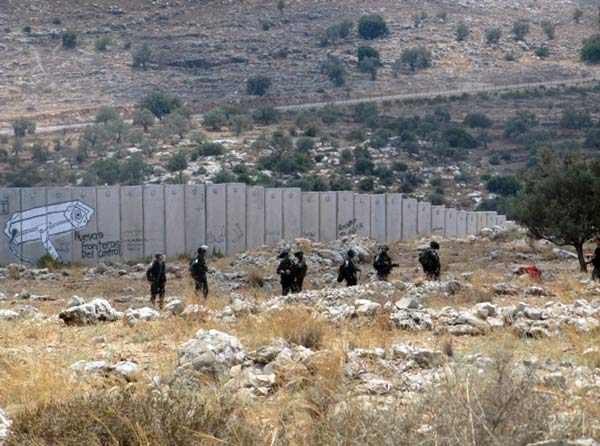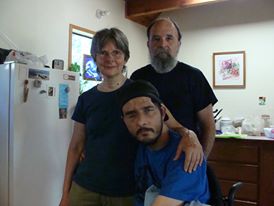Tag: Tear-Gas Canister
-
The weekly demonstration continue in Ni’lin while harassment and night raids increase
13th July 2013 | International Solidarity Movement, Ramallah Team | Ni’lin, Occupied Palestine On Friday, 13 July, around 30 people gathered for the Friday demonstration in the outskirts of Ni’lin village. After finishing prayers Palestinians marched towards the Apartheid Wall that has annexed the land of the village, along with internationals. From the beginning of…
-
High Court orders state: Reopen probe of U.S. citizen wounded in West Bank protest
10th July 2013 | Haaretz | Jerusalem Court responding to petition charging that nobody questioned the Border Police soldier who fired the tear-gas canister that cracked Tristan Anderson’s skull in 2009. Israel’s High Court of Justice on Wednesday ordered investigators to reopen their probe into the incident of a Border Police officer who shot a…
-
Parents of Tristan Anderson, US activist critically wounded following West Bank protest, appeal to High Court of Israel
9th July 2013 | Justice for Tristan | Jerusalem Parents of US Activist Critically Wounded Following West Bank Protest Appeal to High Court of Israel: The Police Investigation was Shockingly Negligent – Demand a Serious, Professional Investigation into the Shooting of their Son. Tristan Anderson (41, of Oakland, CA) was severely wounded after having been…


